New pilots might be surprised how much more they need to do than learn to operate an aircraft. Navigating, logging flight hours, ground training school, and flight checklists are all essential to flight training and education. Are preflight checklists only for beginners? What are the elements of a complete preflight check?
What Is a Pre-Flight Checklist?
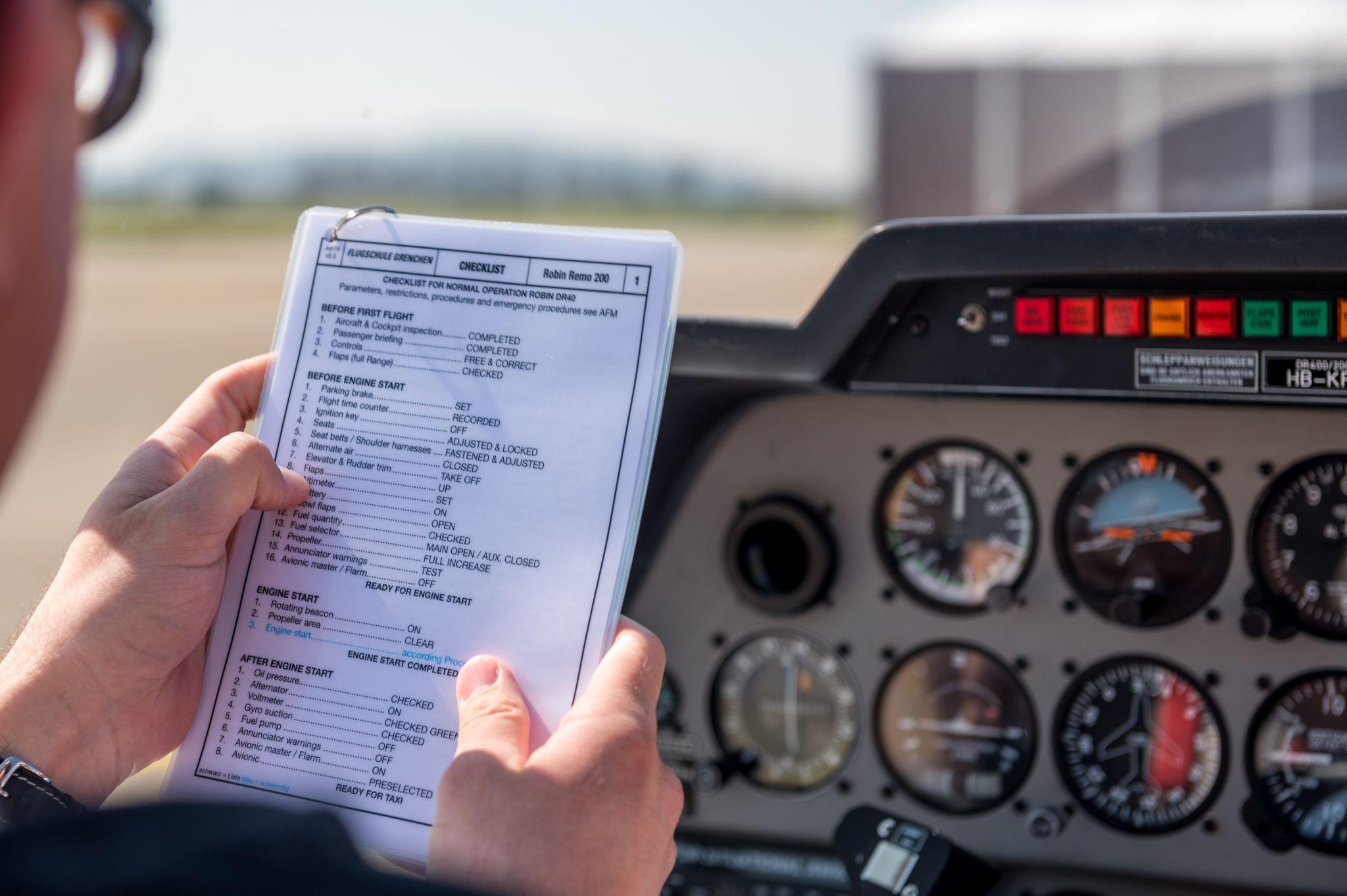
A pilot’s preflight checklist is a written (or digital) list of tasks that they or the flight crew must perform before takeoff. While flight checklists are designed for a specific aircraft, they cover the same steps and safety checks to ensure that the aircraft is ready to fly.
The History of the Preflight Checklist
Following a fatal crash involving a prototype aircraft, the first pre-flight check was created by Boeing in 1935. Prior to takeoff, the pilots failed to disengage the gust locks. When they tried to leave the ground, they were unable to use these essential flight controls. By creating a formal list of steps to take prior to takeoff, the first preflight checklist became part of flight protocol.
Setting Standards for Safe Flight
Other aircraft manufacturers, airlines, and the military soon adopted a formal preflight check procedure, and now using a preflight checklist is considered best practice. Checklist use is required by most airlines and flight schools. Checklists help new pilots remember their training and keep experienced pilots from falling victim to overconfidence.
No matter how well you know your aircraft and how many times you have performed an uneventful preflight check, there will come a time when something does not pass. That single instance might make a life or death difference for you and your passengers.
What Is Included in a Preflight Checklist?
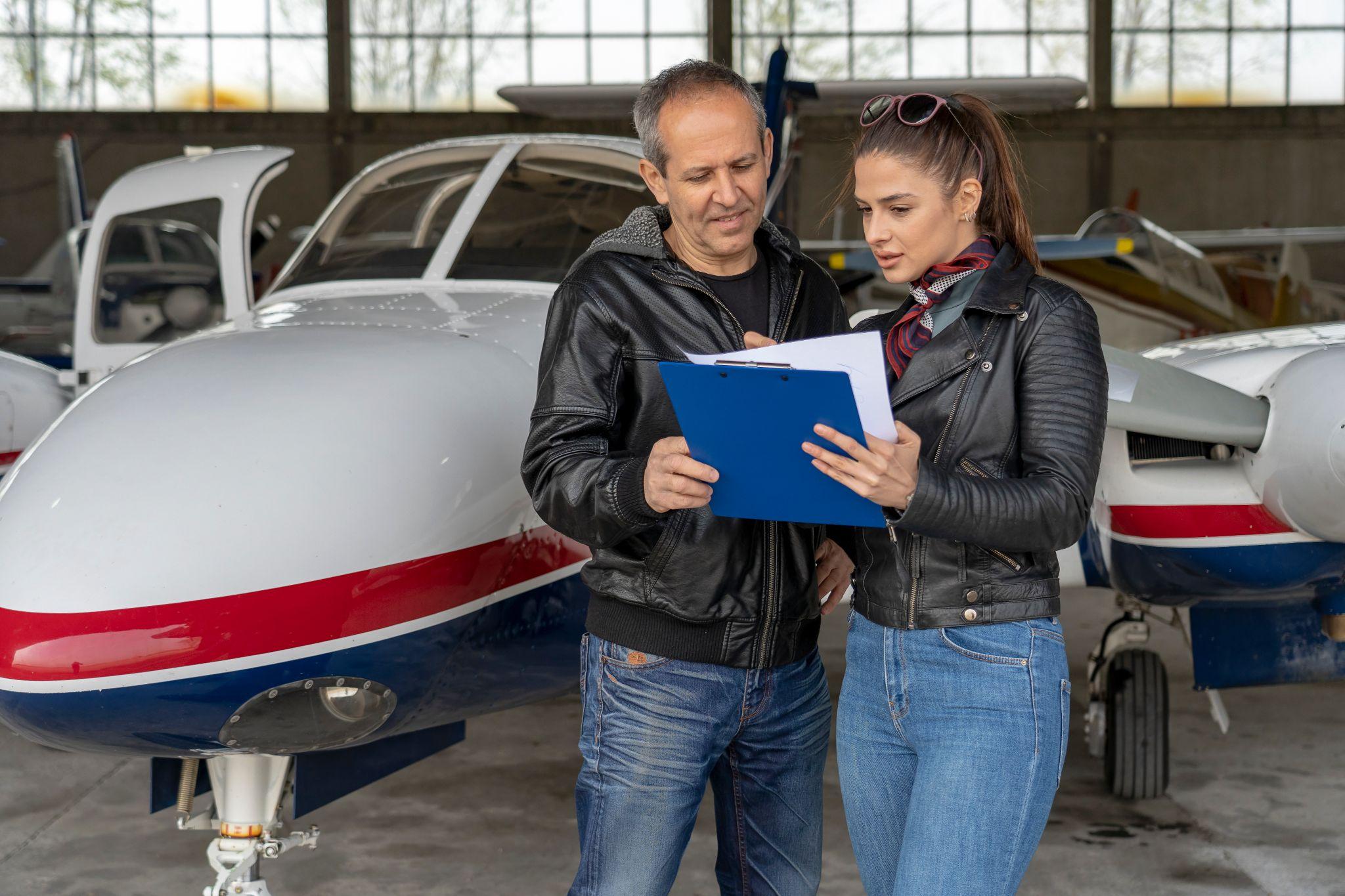
The pilot operating the aircraft is responsible for completing the checklist, or if there is a co-pilot they may share the responsibilities. Most preflight checklists are divided into sections. There are items to check before starting the engine, while starting the engine, and while preparing to taxi but before attempting to take off.
Sample Preflight Checklist for a Cessna 152
The checklist for larger aircraft and passenger airlines may be much more involved and complex, but the single engine Cessna provides a good example for newer pilots. Most private and commercial pilots learn to fly on small aircraft like this one. Your flight instructor will train you on items specific to your aircraft and explain the reasons for each step of this process.
1. Before Starting the Engine
- Complete an external walk around and visual inspection of the outside of the aircraft. Examine the flaps, tires, and hatches. Investigate anything that is out of place, worn, or suspect.
- Adjust the seats and ensure they are locked in position.
- Fasten seat belts and shoulder harnesses.
- Turn the fuel shutoff valve on and check the fuel gauges.
- Ensure that radios and electrical equipment are turned off.
- Test the brakes and confirm they are engaged.
- Complete any other steps in the cockpit check
2. To Start the Engine
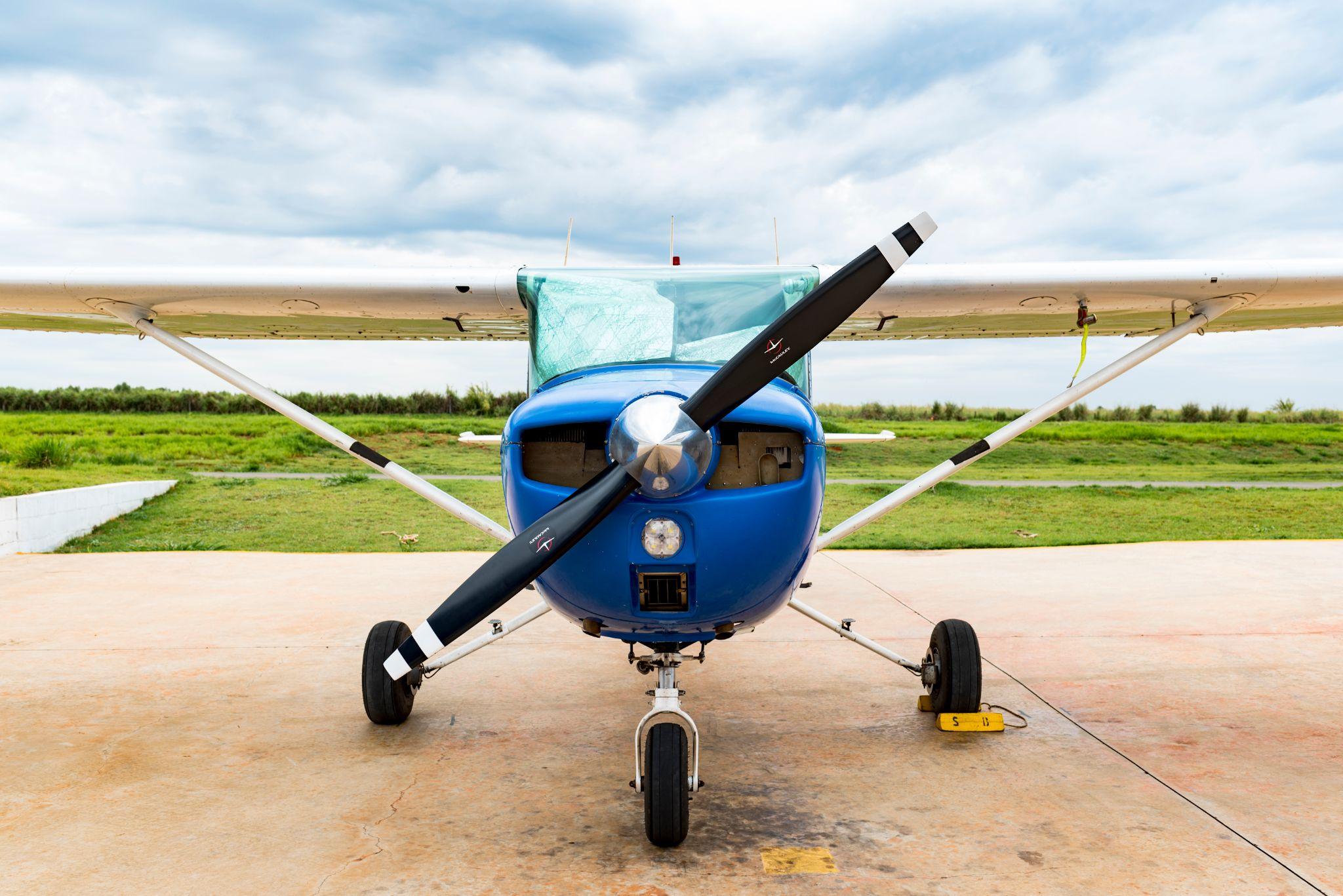
- Push the circuit breakers in (or flip on in some aircraft).
- Turn the fuel valve on.
- Set the fuel mixture to rich.
- Check that the carburetor heat level is cold.
- Prime up to three strokes.
- Open the throttle to ½ inch.
- Turn the master switch on.
- Turn the beacon on.
- Check the propeller area and shout “clear” to warn anyone nearby.
- Press the ignition switch start, and the engine should start.
- Adjust RPM using throttle to 1000 or less.
- Adjust the fuel mixture lean by one inch for taxi-ing.
- Adjust the flaps up.
- Turn the radios on.
- Set the transponder to standby.
3. Prior to Takeoff
- Ensure the brakes are set.
- Confirm that cabin doors are latched.
- Test that flight controls move freely and correctly.
- Adjust elevator trim and set to takeoff position.
- Confirm that running and landing lights are functioning.
- Keep fuel mixture rich when taking off below 3000 feet of elevation.
- Advance the throttle smoothly to 1700 rpm with brakes applied.
- Check that oil pressure and temperature are in the green.
- Check the Ammeter function.
- Check that the suction gauge is in the green.
- Check the carburetor heat level.
- Check the magnetos are functioning.
- Reduce throttle to idle.
- Set flight instruments to your preferences or requirements.
- Set the radios to the desired frequencies.
- Release the brakes and begin to taxi.
There are also checklists for landing the aircraft, and specific checklists for emergency situations that may develop in the air. This is just one example of the type of checklists that you will be required to use by your employer or to develop for your own private or commercial flights.
Why Do Highly Experienced Pilots Still Do Checklists?
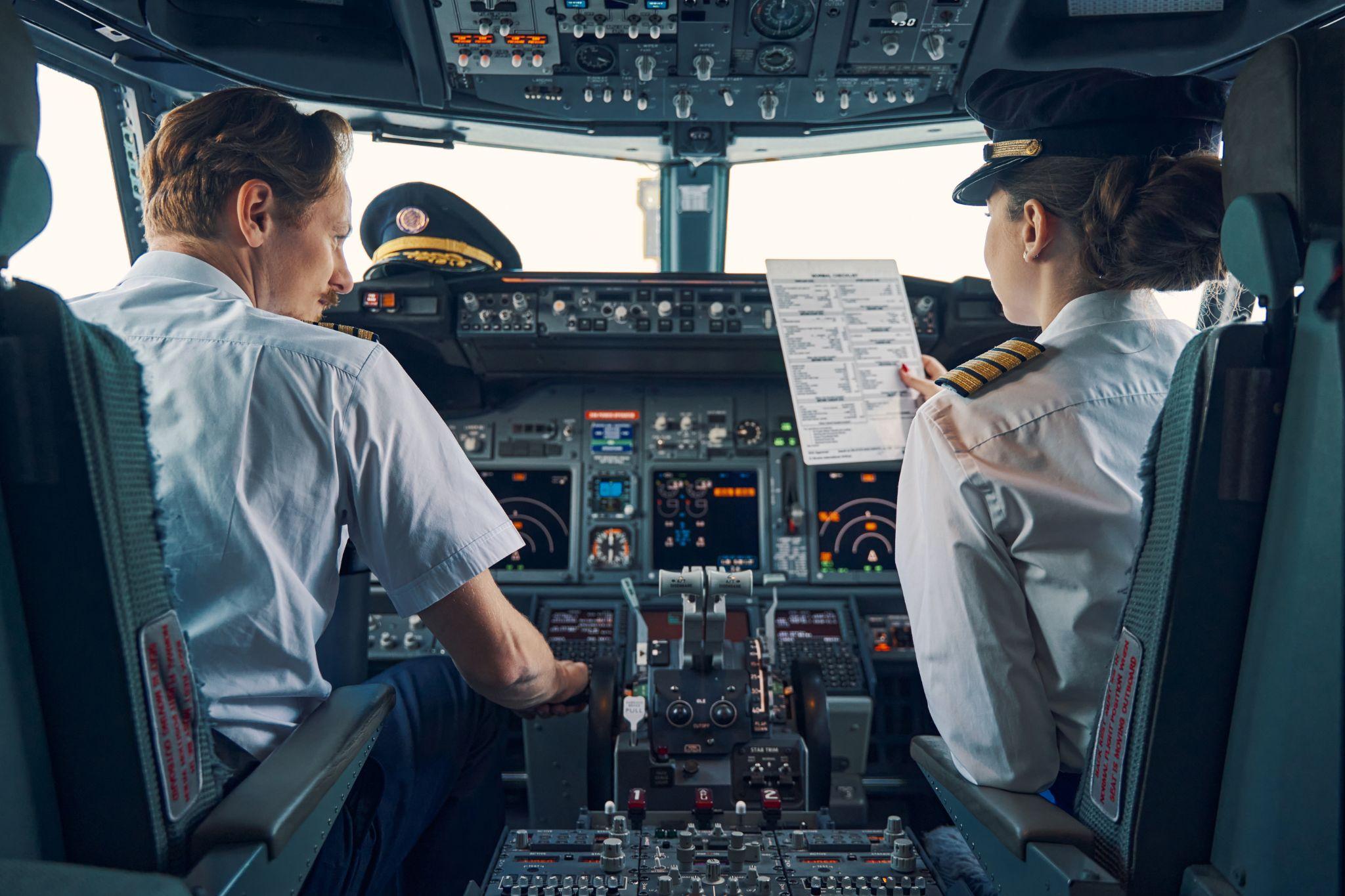
All well-trained pilots do a preflight check. In some cases, very experienced solo pilots operating their own aircraft might complete the same steps in their mind, without writing anything down or speaking aloud. They might have completed the same series of steps hundreds or thousands of times and are intimately familiar with their own aircraft.
Experienced pilots understand the value of preflight checks and can explain the need for every step of their procedure. Newer pilots may feel they have mastered the process after a few flights and want to jump to performing their checks from memory. Checklists ensure that every step is performed and in the correct order.
Passenger airlines and the military require preflight checklists, in most cases spoken aloud. This best practice is perhaps even more important for a solo pilot who has no flight crew to assist them. While newer pilots might think that using a checklist makes them look inexperienced, in fact it demonstrates their knowledge of proper protocols and their dedication to safety.
Should You Do the Preflight Checklist Aloud?
As a student pilot, you should do your preflight checklist out loud, and your instructor should require you to do so. Continuing to do it this way after you start flying solo has benefits even if no one is listening. Speaking the checks aloud as they are performed reinforces them in your memory.
In the military or on any multi-crew flight, performing the checks aloud is required and benefits everyone, by allowing the crew or co-pilot to confirm that every checklist item has been completed. While it is not required to do your checklists out loud, maintaining the same habits when you fly alone can only improve your skills as a pilot.
What Kinds of Problems Are Found During Preflight Checks?
Confirming that all systems needed for a safe flight are operational before you leave the ground will become second nature to you. The well-maintained aircraft you fly might pass every time, and it is easy to slip into a complacent attitude.
Then, one day, you will be working through your checklist and discover a serious issue. That day will help you remember the importance of preflight checklists for the rest of your career as a pilot.
During a preflight check you might find that:
- There is not enough fuel to complete the flight.
- Instruments may not be functioning properly.
- Flaps or ailerons might not respond to controls.
- Lights, brakes, or door latches might not be working.
- The engine might be overheating or running rough.
- Navigation or communication equipment may not work.
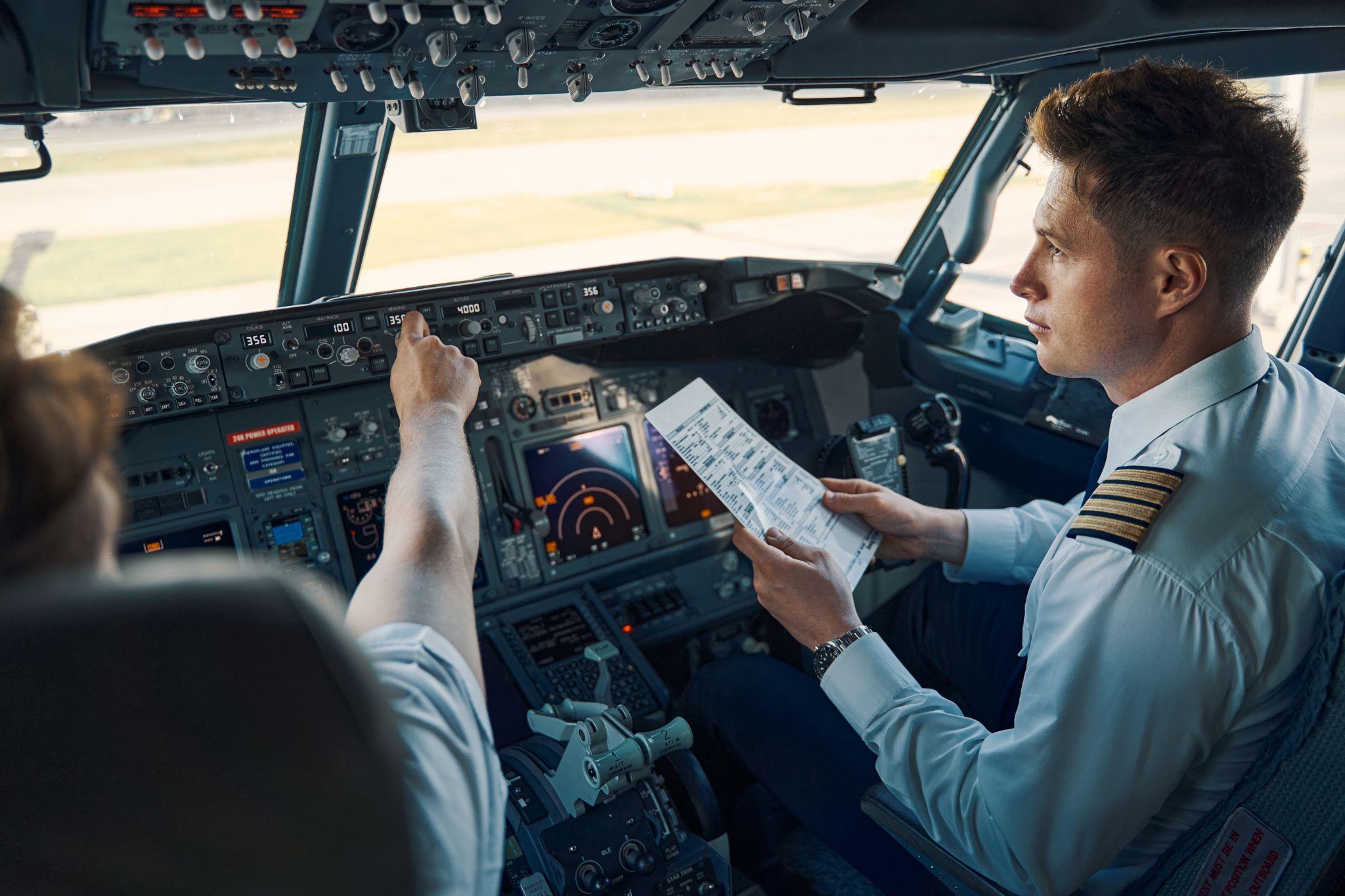
Any of these problems are relatively easy to fix on the ground, but would be emergencies if they were discovered after takeoff. Preflight checklists prevent accidents and are the best way to confirm you and your aircraft are ready to fly.
How Should You Use a Checklist for Preflight Safety?
You can use a paper checklist in a physical logbook or complete the preflight checklist on a tablet. There should be a record that the preflight check was completed as part of your flight logs. There are apps available for pilots that can help you track these important safety documents. These can also help you spot trends in aircraft performance and identify developing mechanical problems.
Other Types of Aviation Checklists
Professional pilots use checklists not only for preflight but for takeoff, cruising, landing, and shutdown. There are also checklists for emergency situations like an engine failure in the air. Studying these in ground school and even practicing these procedures will hone your skills and make you a better pilot. Choosing a safety-focused flight school will give you access to all of this information and checklists specifically designed for the types of aircraft you will fly.
Study the Best Practices for Flight Safety
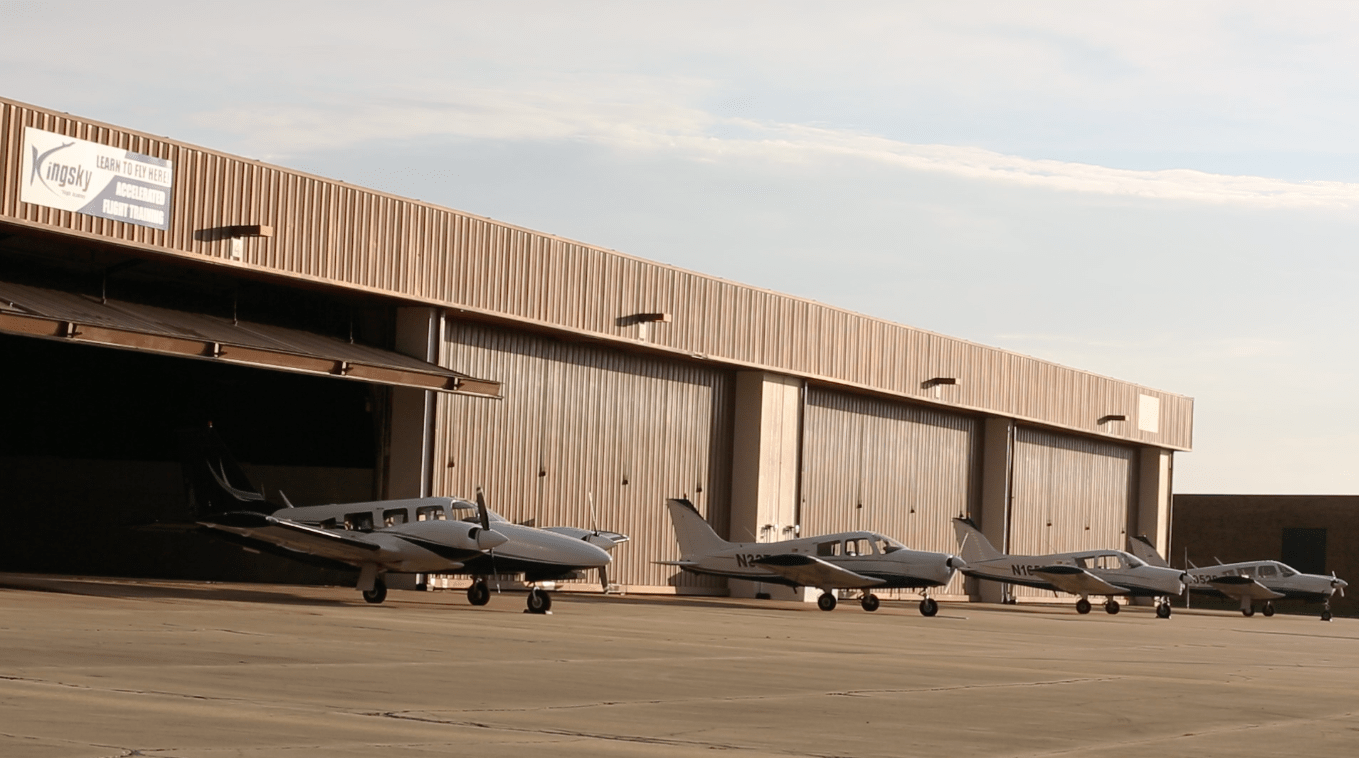
Where you learn to fly or raise your skills to the next level is important to developing the safe habits and learning the best practices of professional experienced pilots. At Kingsky Flight Academy, our first priority is safety. We follow the highest standards of aircraft maintenance recommended by the FAA and the manufacturers of our flight training fleet.
With a safe and reliable fleet that allows our students to advance through the phases of training, Kingsky is the perfect choice for student pilots, private pilots, new commercial pilots, and those who are pursuing a career with a major airline. Enroll now to learn to fly or advance your license and expand your opportunities. The sky’s the limit for Kingsky students, who take off with the knowledge and skills they need for wherever their dreams of flight will take them.
